Introduction
Privacy is paramount in medical settings, particularly during sensitive procedures where patients require confidentiality and dignity. Privacy glass emerges as a revolutionary solution, offering a blend of discretion and functionality to enhance patient care. In this blog, we’ll explore how privacy glass works, the different types available, its application in sensitive medical procedures, and why it’s a superior choice for maintaining patient privacy and comfort.
What Privacy Glass Is and How It Works
Privacy glass, also known as smart glass or switchable glass, utilizes innovative technology to control visibility through a glass surface. By applying an electrical current, the glass can transition from transparent to opaque or translucent, providing instant privacy as needed. This transformation is achieved through the manipulation of particles within the glass, altering its transparency properties.
The Different Types of Privacy Glass
Several types of privacy glass are available, each offering unique benefits and functionalities:
- Electrochromic Glass: Utilizes electrochromism to adjust tint levels and control light transmission.
- Liquid Crystal Glass: Contains a film with liquid crystals that realign to block or transmit light when activated.
- PDLC (Polymer Dispersed Liquid Crystal) Glass: Incorporates liquid crystal droplets dispersed in a polymer matrix, which reorient to control light transmission in response to an electrical current.
The Glass Used in Medical Procedures and How Privacy Glass Is Better
Privacy glass finds invaluable application in medical procedures, where patient confidentiality is critical. Here’s why privacy glass is superior in maintaining privacy during sensitive medical procedures:
- Instant Privacy Control: Privacy glass provides instant privacy with the flip of a switch, allowing medical personnel to shield patients from external view during sensitive procedures.
- Versatile Application: Privacy glass can be integrated into various medical environments, including operating rooms, examination rooms, and consultation areas, to ensure patient confidentiality across different procedures and settings.
- Maintained Visibility: While privacy is paramount, privacy glass allows medical staff to maintain visibility and monitor patients during procedures, ensuring safety and quality of care without compromising privacy.
- Enhanced Patient Comfort: Privacy glass creates a more comfortable and dignified environment for patients undergoing sensitive procedures, reducing anxiety and promoting a sense of security and well-being.
Other Applications Within Medical Facilities
Privacy glass offers versatile applications across various medical areas beyond sensitive procedures. Here are some additional settings where privacy glass can be beneficial:
- Patient Rooms: Privacy glass can be installed in patient rooms to provide privacy during examinations, consultations, and discussions with medical staff or visitors. Patients can control the opacity of the glass based on their preferences, balancing privacy with the desire for natural light and outside views.
- Recovery Areas: Privacy glass partitions can create private recovery spaces within hospital wards or outpatient facilities. Patients recuperating from procedures or treatments can rest undisturbed while still allowing medical staff to monitor their condition as needed.
- Diagnostic Imaging Suites: Privacy glass can be integrated into diagnostic imaging rooms to offer discretion during procedures such as MRI, CT scans, or mammograms. Patients may feel more comfortable knowing that their privacy is maintained during these sensitive examinations.
- Psychiatric Units: Privacy glass partitions can be used in psychiatric units to provide a secure and confidential environment for patient consultations and therapy sessions. The ability to control visibility can help manage patient anxiety and agitation while ensuring staff safety.
- Laboratories: Privacy glass can partition laboratory spaces to create confidential areas for testing, research, or discussions regarding sensitive data or findings. This ensures that scientific integrity and patient confidentiality are upheld during the research and development process.
- Pharmacy Compounding Areas: Privacy glass partitions can be utilized in pharmacy compounding areas to provide confidentiality during the preparation of customized medications. Pharmacists can work without interruption while ensuring patient privacy and confidentiality are maintained.
- Administrative Offices: Privacy glass partitions can be used in administrative offices within medical facilities to create private spaces for meetings, discussions, or handling confidential paperwork. This allows administrative staff to work efficiently while safeguarding patient information.
- Family Waiting Areas: Privacy glass can be integrated into family waiting areas to create discrete spaces for families to receive updates on their loved ones’ medical status or to have sensitive discussions with medical staff.
- Telemedicine Rooms: With the rise of telemedicine, privacy glass can be installed in telemedicine rooms to ensure patient confidentiality during virtual consultations. Patients can feel assured that their medical information remains private, even during remote appointments.
- Training Facilities: Privacy glass can partition training facilities within medical institutions to provide privacy for educational sessions, simulations, or sensitive discussions among medical professionals.
Incorporating privacy glass into these medical areas enhances patient confidentiality, promotes a sense of dignity, and contributes to the overall quality of care provided in healthcare environments.
Conclusion
Privacy glass represents a significant advancement in maintaining patient privacy and dignity during sensitive medical procedures. Its ability to provide instant privacy control, versatility in application, and enhanced patient comfort make it an invaluable asset in modern healthcare settings. By incorporating privacy glass into medical facilities, healthcare providers can uphold the highest standards of confidentiality while delivering compassionate and patient-centered care.
Who We Are
Tecdur is the leading manufacturer of smart glass for the UK and Ireland. Tecdur Switchable Glass provides the best clarity, lowest power consumption and lowest haze currently available. We can offer a wide range of specifications to meet project requirements with our switchable glass, cost is dependent on specification, application and design. Please get in contact with us to discuss further.
Please visit our portfolio for a look at completed projects. Keep up to date on our LinkedIn Showcase page
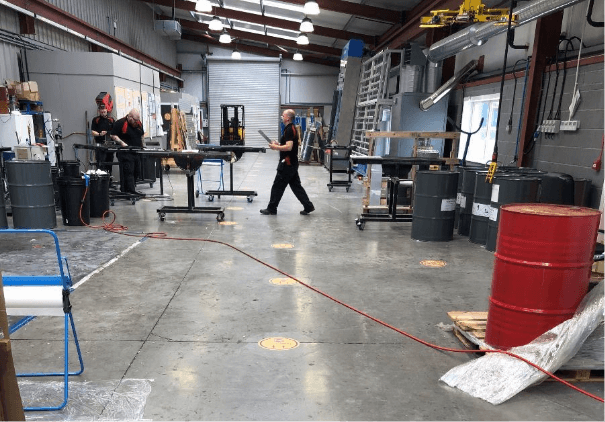
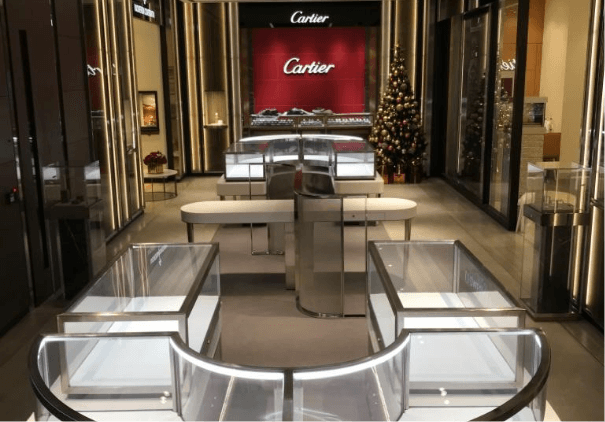
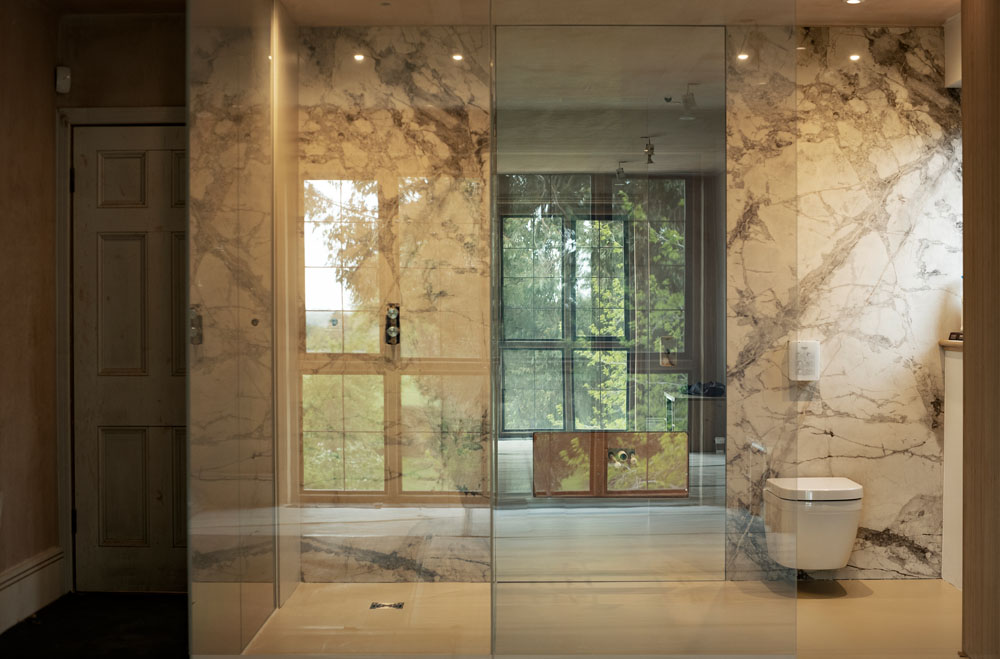
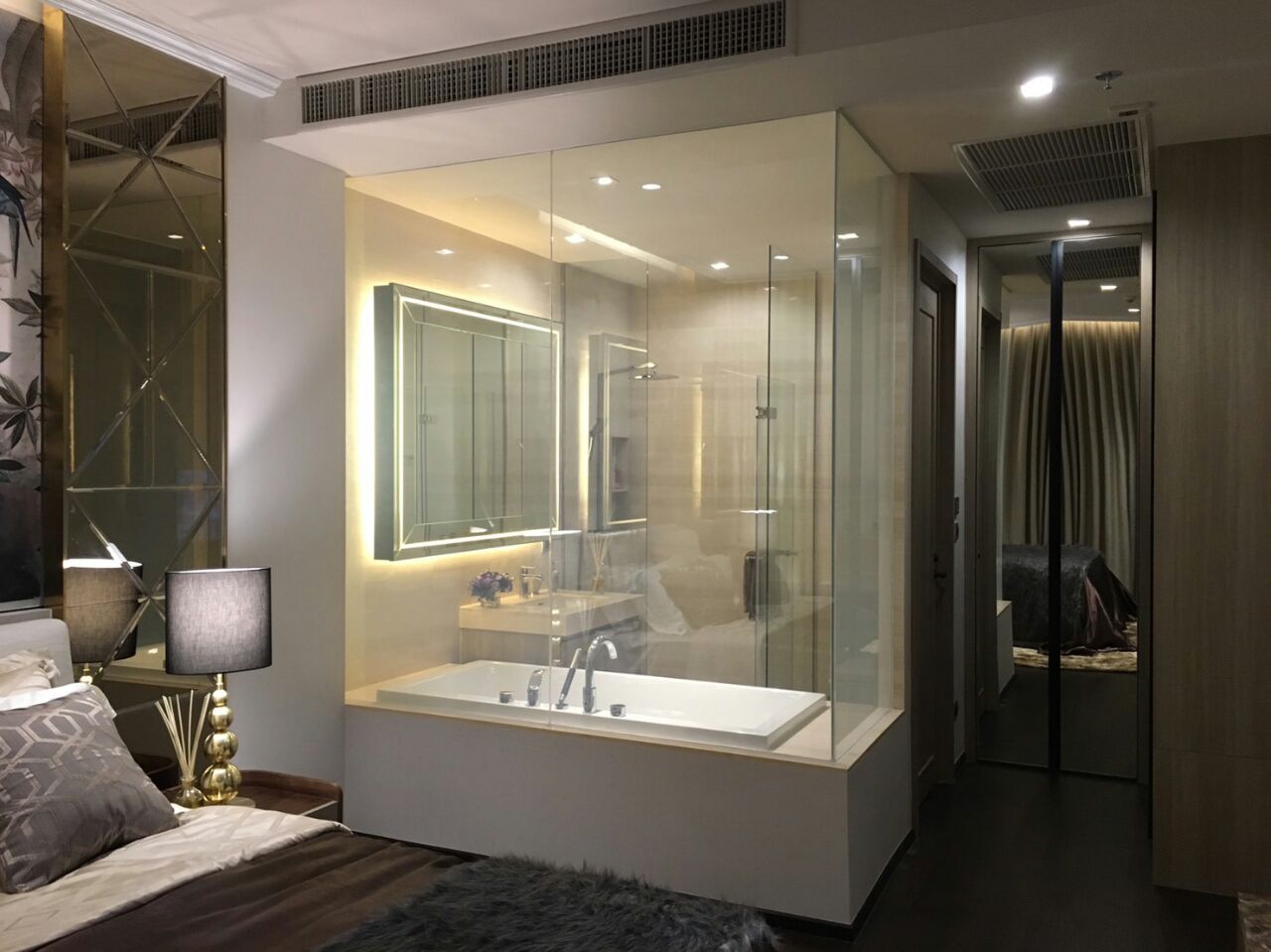
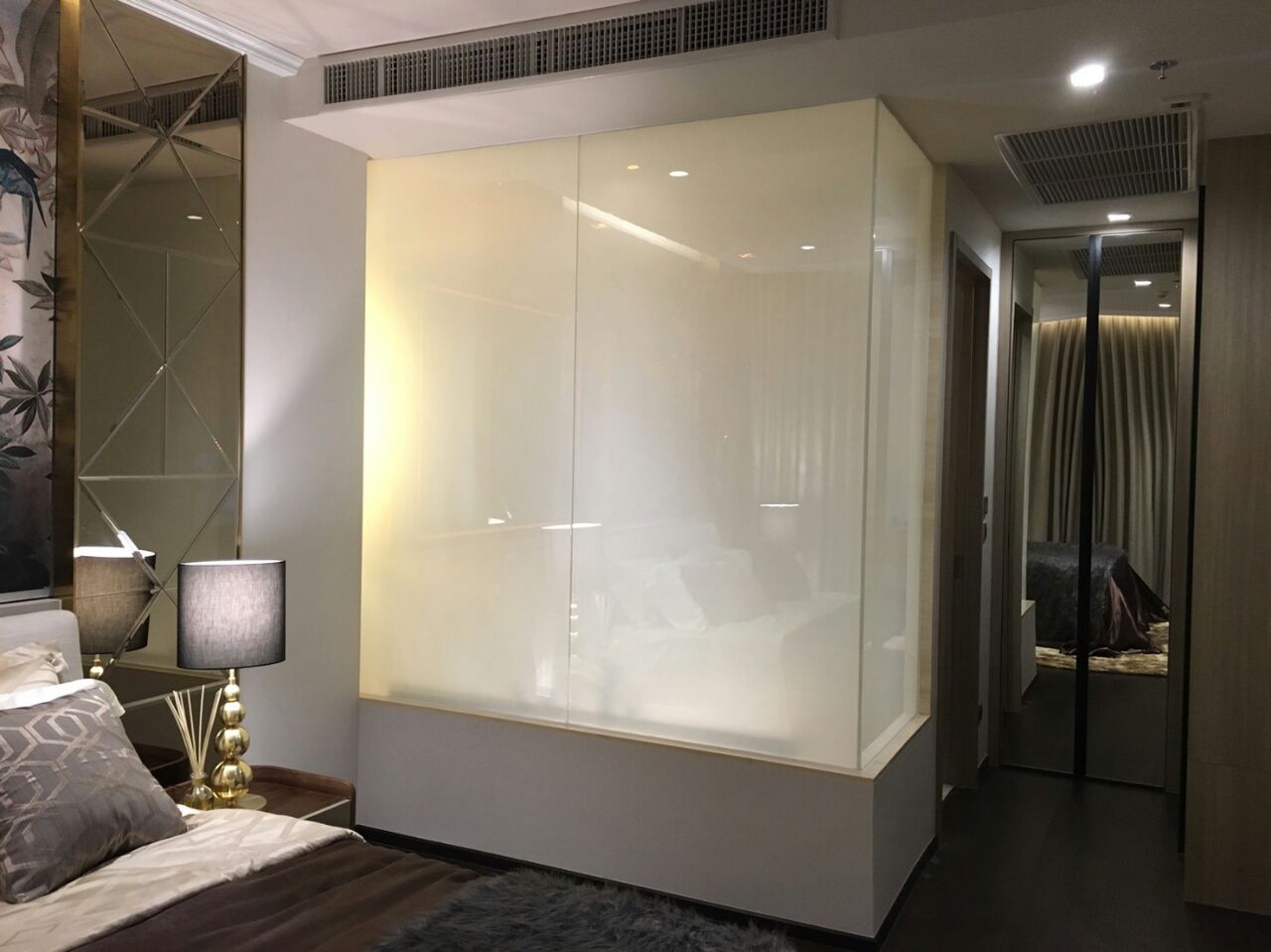
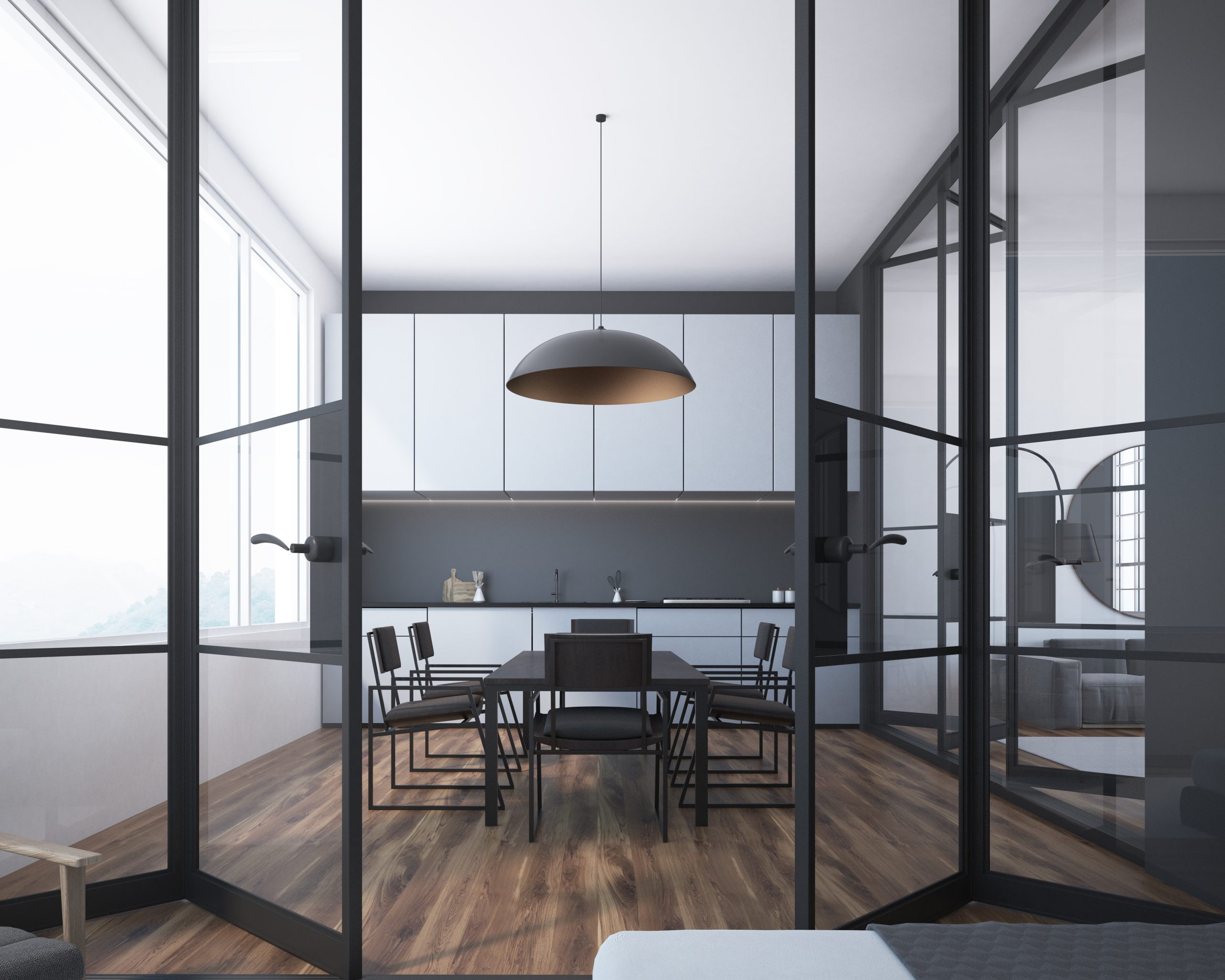
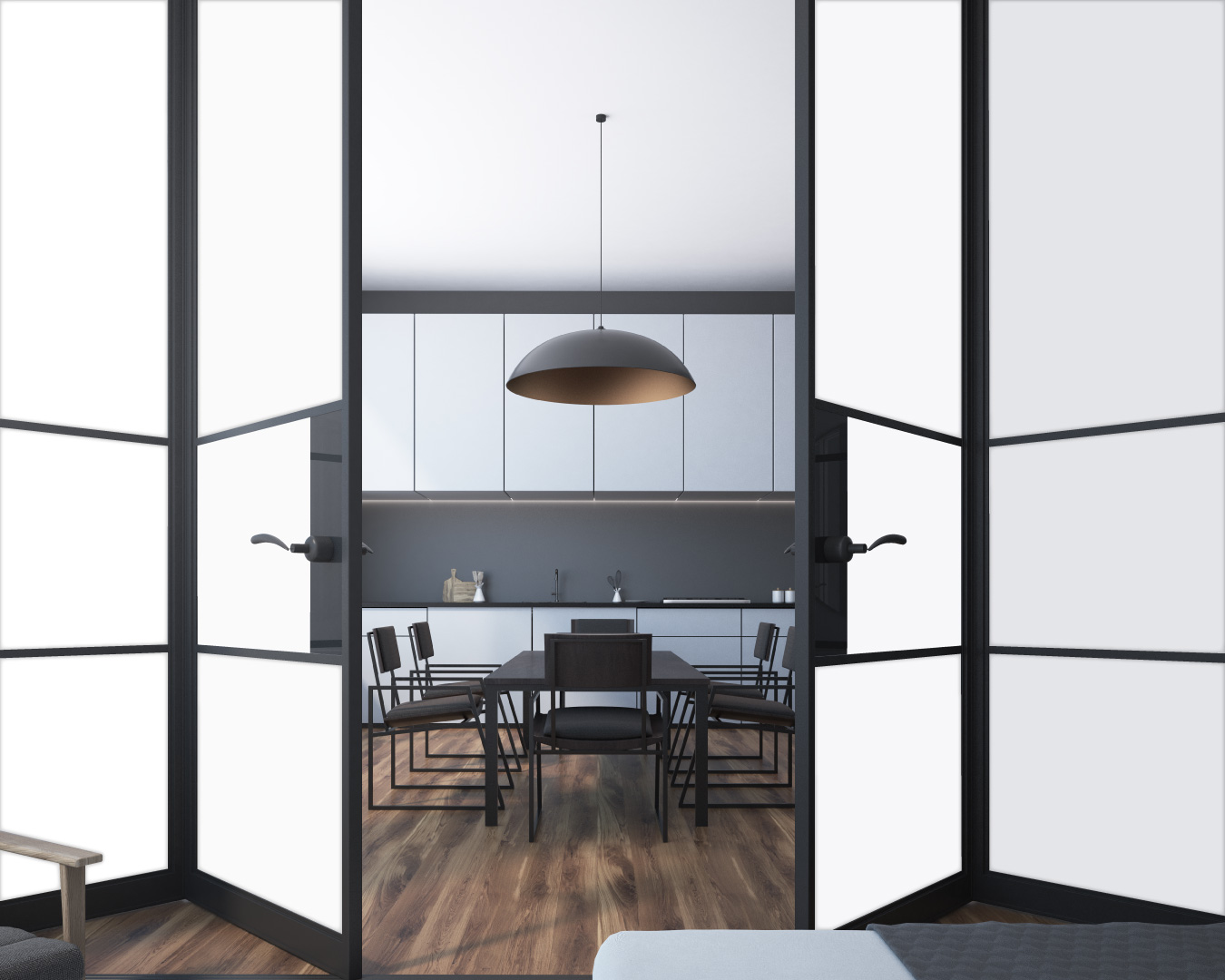
Frequently asked Questions
Our privacy glass works by utilising advanced PDLC (Polymer Dispersed Liquid Crystal) film. When an electrical current is applied, the liquid crystal molecules align, allowing light to pass through, making the glass transparent. When the current is switched off, the molecules mis-align, causing the glass to turn opaque or translucent, providing privacy.
Yes, privacy glass can be customized and applied to various medical environments to ensure patient confidentiality during a wide range of procedures.
Yes, privacy glass surfaces are typically smooth and easy to clean, requiring minimal maintenance to uphold hygiene standards in medical settings.
Yes, privacy glass is designed to be durable and resistant to scratches and impacts, making it suitable for use in high-traffic medical environments.
While privacy glass may require professional installation, it can often be integrated into existing infrastructure with minimal disruption, making it a convenient privacy solution for medical facilities.
Yes, privacy glass can often be retrofitted into existing windows or partitions, providing a convenient upgrade to enhance patient privacy and comfort in medical facilities.




